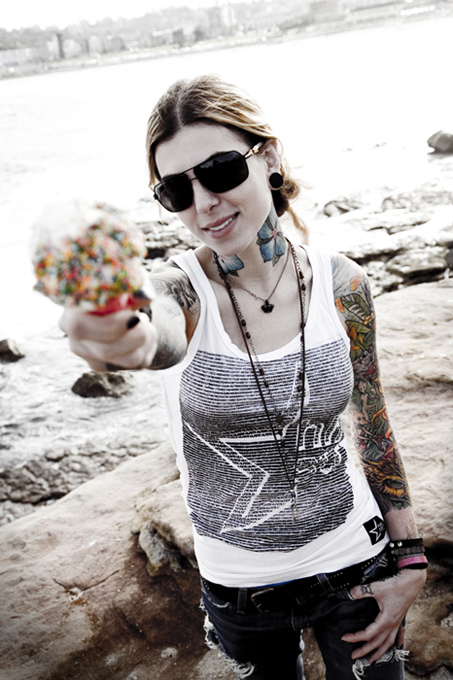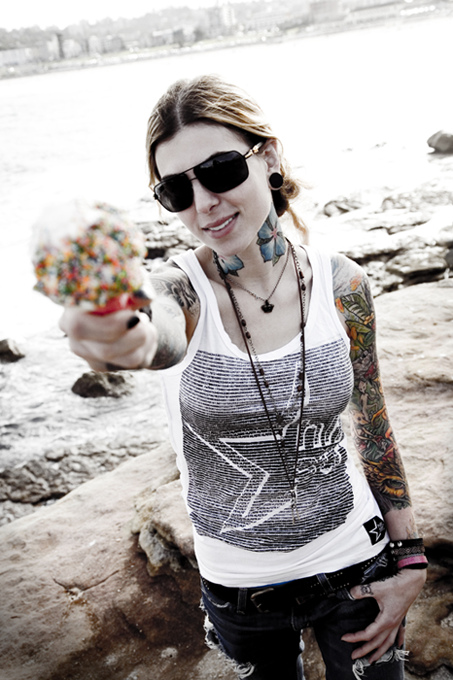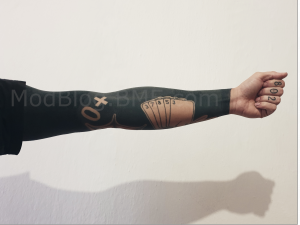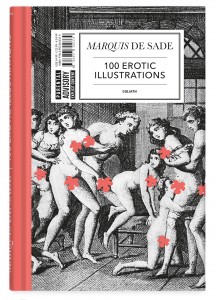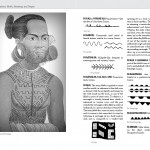TATTOOED BEAUTIES

€ 34.99 / 32.99 GBP / $44.99
www.goliathbooks.com
Star photographer Christian Saint’s best book yet. Perfect photos, masterfully produced with 50 of the world’s most beautiful tattoo models. The photo book shows lots of naked flesh, together with the most ingenious tattoos.
Five stars each for the best photographer, most beautiful models, and most creative tattoos! Stylish, professional, and super sexy.
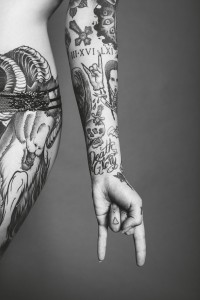
(Click for the rest of the press release. NSFW!)
Phenomena are often most interesting when in combination with one another, especially when it comes to extremely beautiful models with super tattoos. Statistics prove how tattoos have now become a standard part of our western culture. Over a quarter of Americans have at least one tattoo, with this number rising to a third amongst people under 30. However, so far only a small group of the many fans have gotten particularly intricate and artistically valuable tattoos. Even smaller is the group of above-average looking girls and women with such outstanding, cool tattoos. Take it from us: looking at both together is just fun and conjures real tattoo voyeurism.

Masterfully produced by fashion and tattoo star photographer Christian Saint, across 250 high-quality printed pages you will see over 50 great-looking tattoo beauties, including Kelly Eden, Bonnie Rotten, Abbey So, Riae, Maegan Machine, Fallon Ven Detta, Alesandra Nicole, Emily Shephard, Cleo Wattenström, Kayte Rae, Annasthesia Awful, Bambu Jessica, Dani Vi, Gabriella Saturria, Linette Otero, Hayley G, Vanessa Lake, Jennifer Lynn, Jesse Lee D, Jessica Wilde, Kay Reynolds, Leila Rose, Leza Lush, Linnea Thomasia, Phay Moss, and Sarah Jensen. Also included are loads of exciting top tattoos, all super erotic and fantastically photographed.

Statistically, almost a fifth of all people with a tattoo regret their tattoo at some point. In most cases this is because it is the name of a person they no longer like – I bet if it was the name of one of the girls in this book, they would not have regretted it.
Threes thumbs up: best photographer, most beautiful models, most creative tattoos!
Biography Christian Saint:
Christian Saint is a professional Advertising, Celebrity & Fine Art photographer from Brooklyn NY. Unsatisfied with the industries narrow view of beauty, Christian focused his efforts on the tattoo community, using his knowledge of commercial fashion and beauty, to help bring “alternative” to the mainstream. From 2007-2015, Christian has been an exclusive contributor to Tattoo Life Magazine, casting and shooting all of their covers. With clients worldwide, his Magazine covers have been distributed in over 50 countries. In 2015, he published a retrospective “Tattoo Super Models” (Goliath Books) and has focused the last three years photographing the most beautiful tattoo models from around the world, for this book.
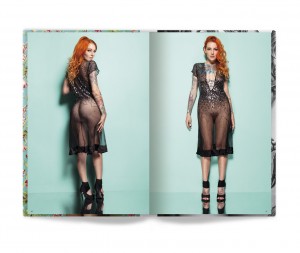
About Goliath Books:
Within almost 15 years in business, Goliath has established itself as a highly acclaimed publisher of diverse and often daring photography and art books unafraid to introduce controversial, erotic and subcultural perspectives to modern life.
